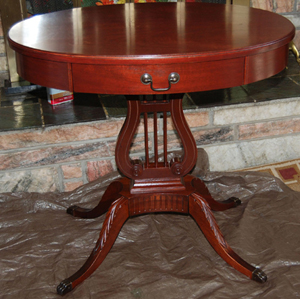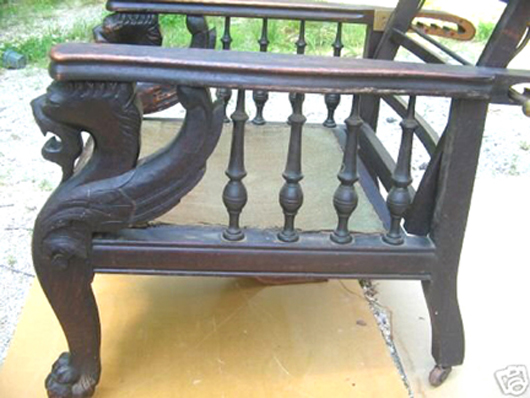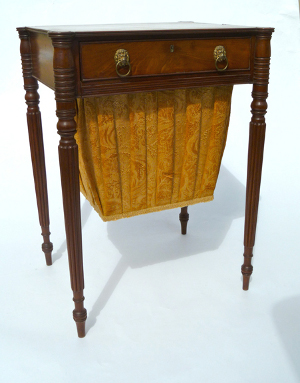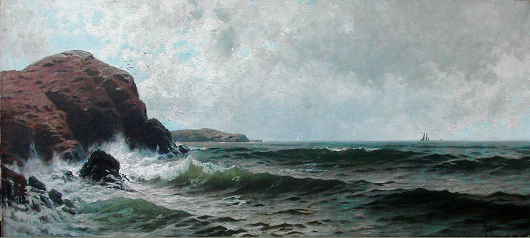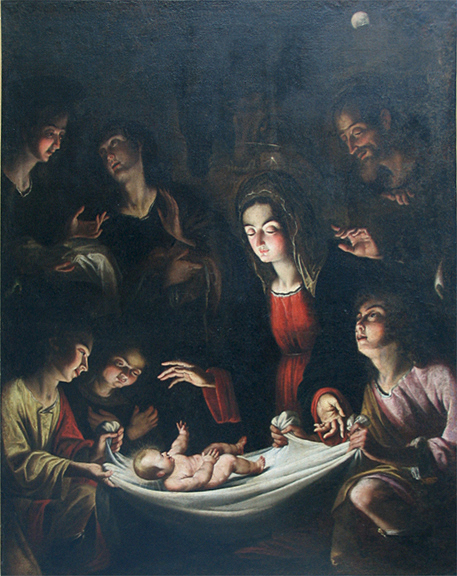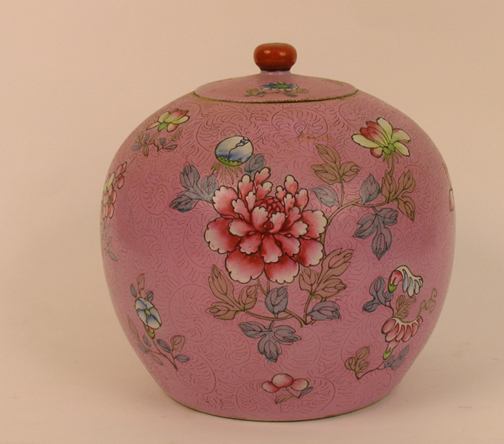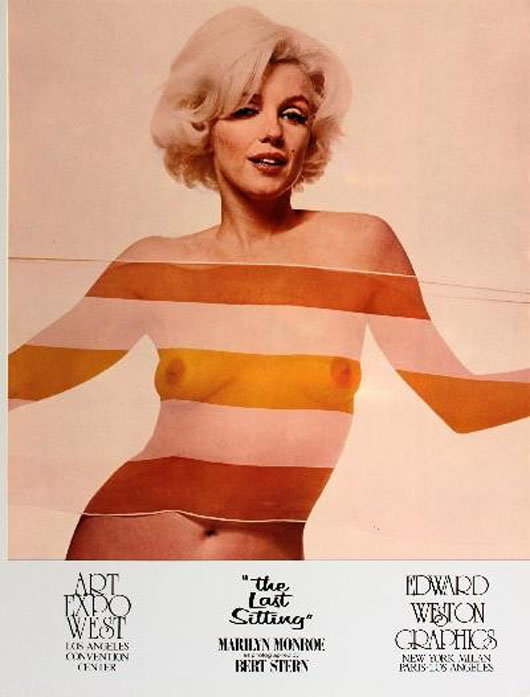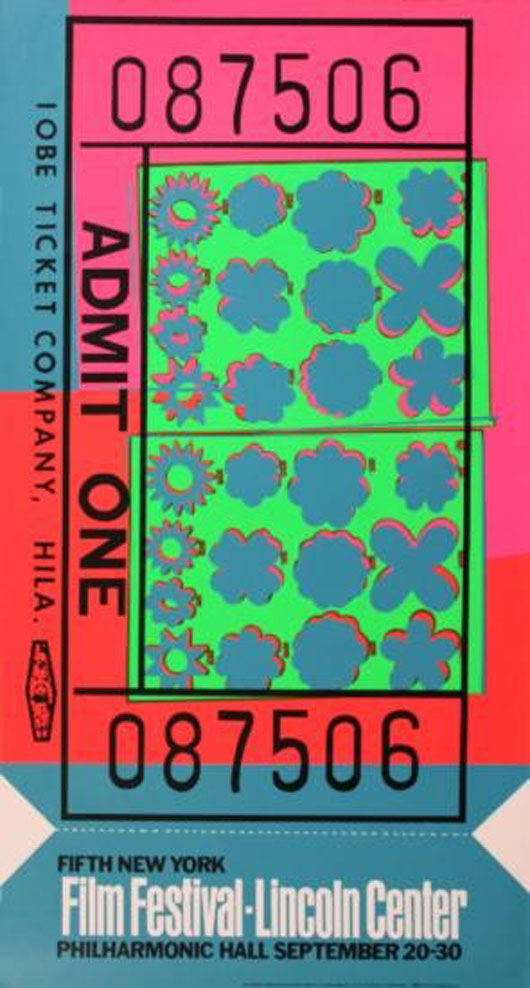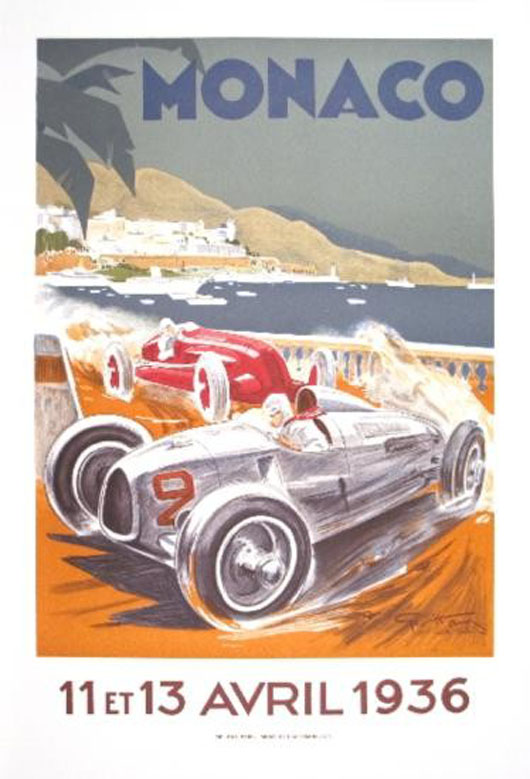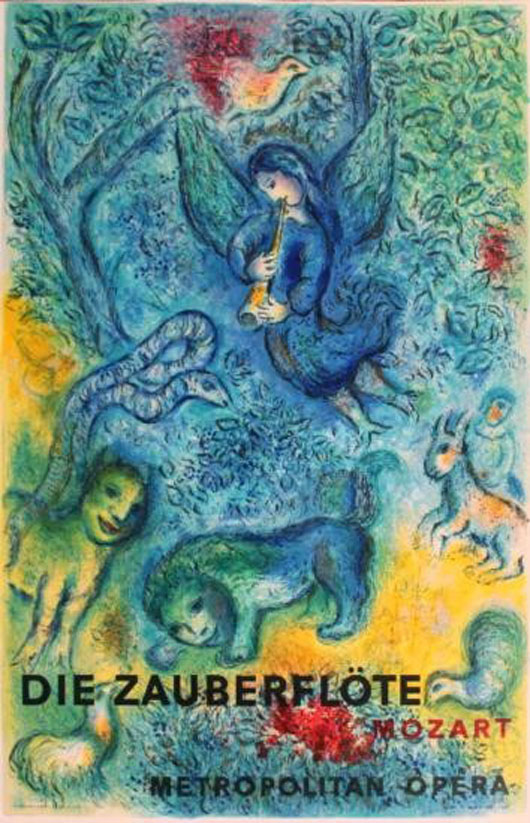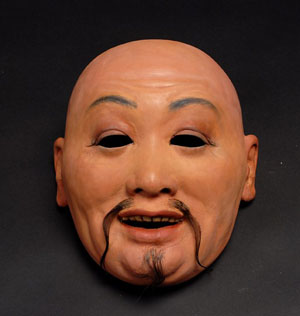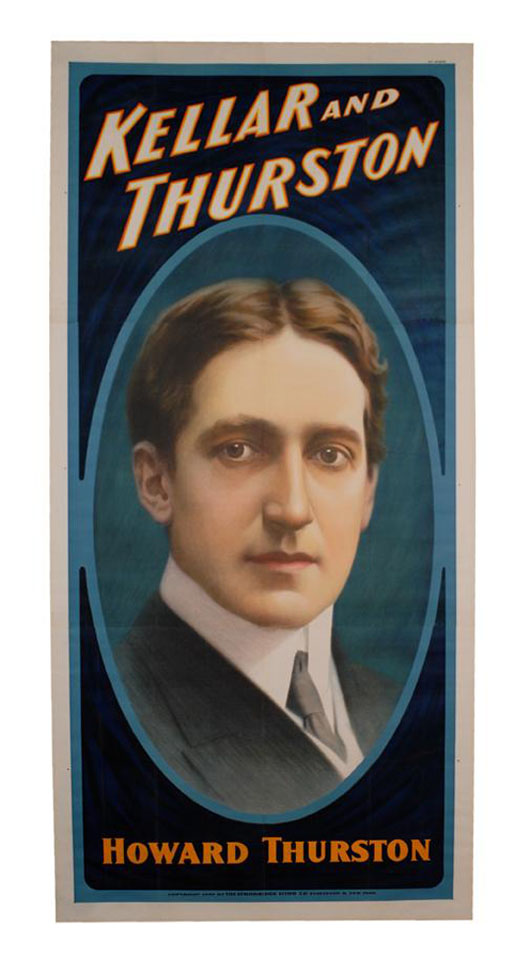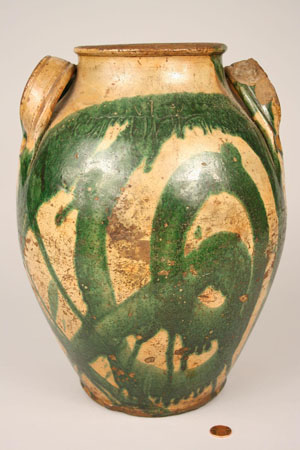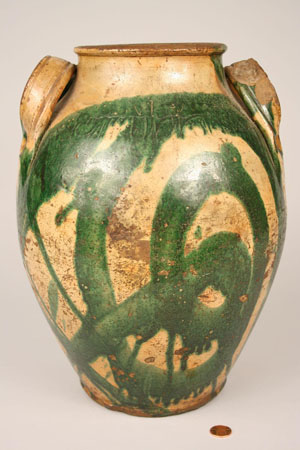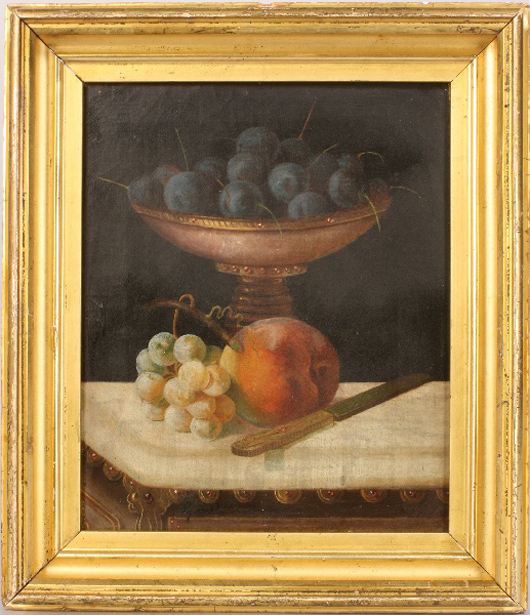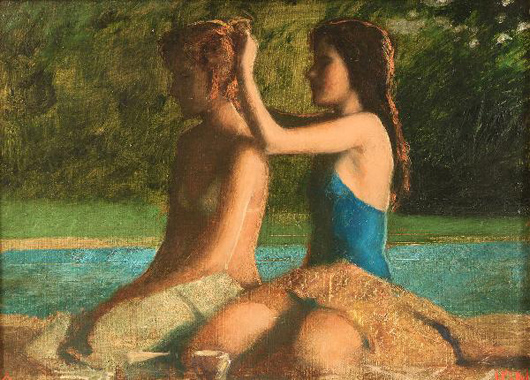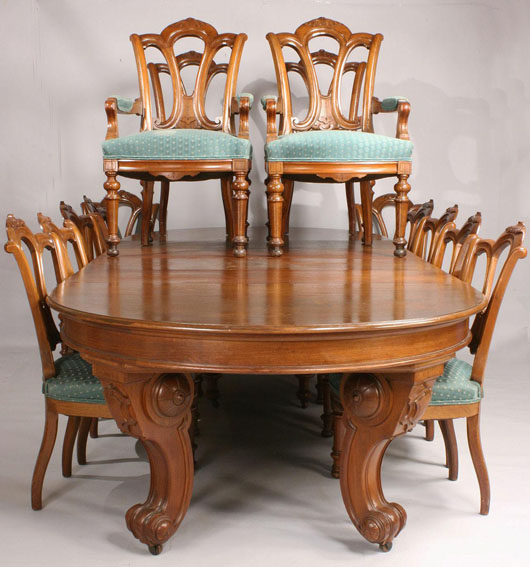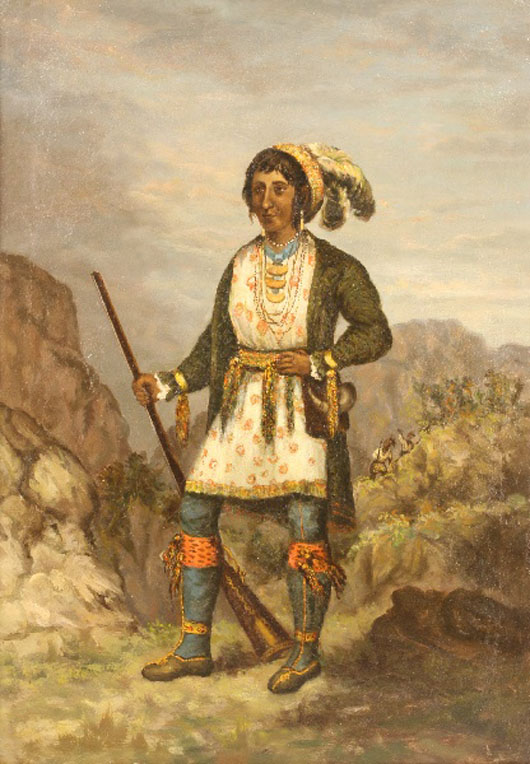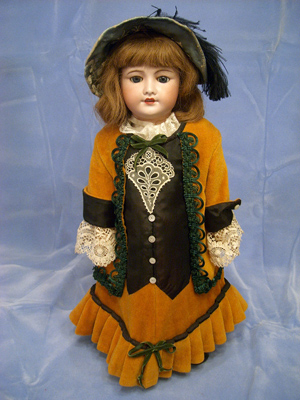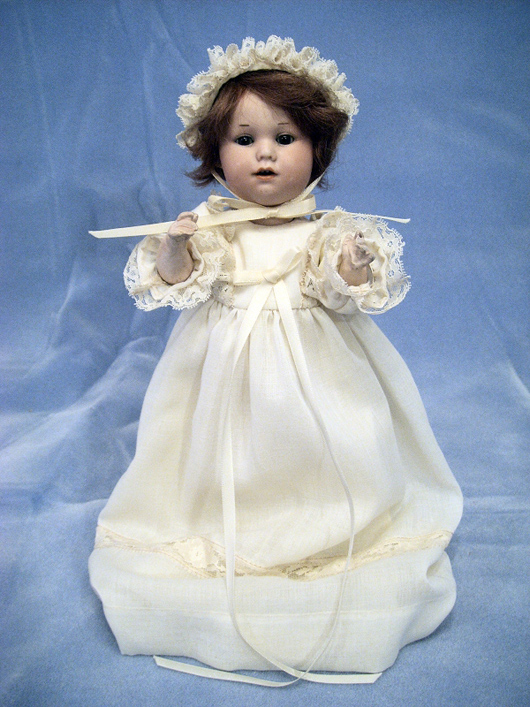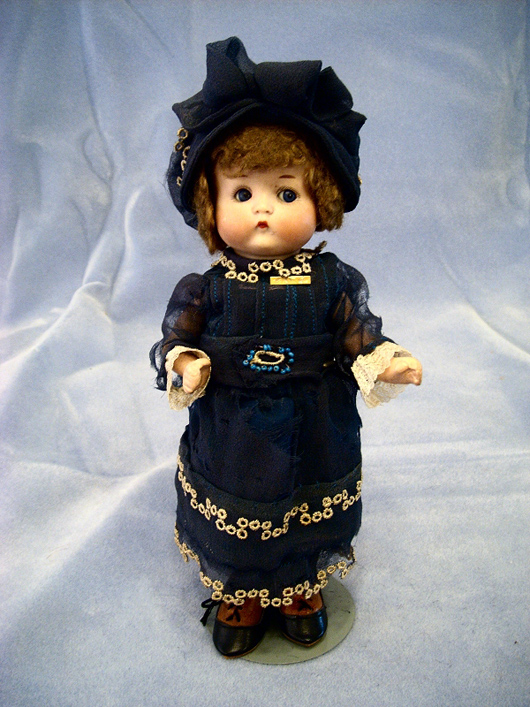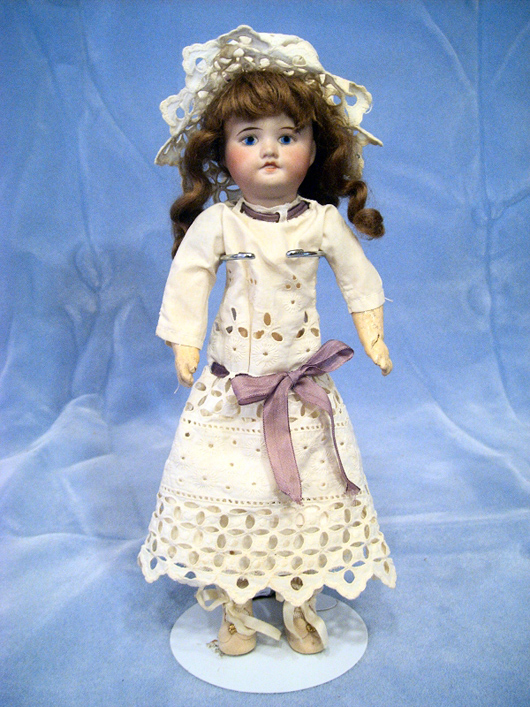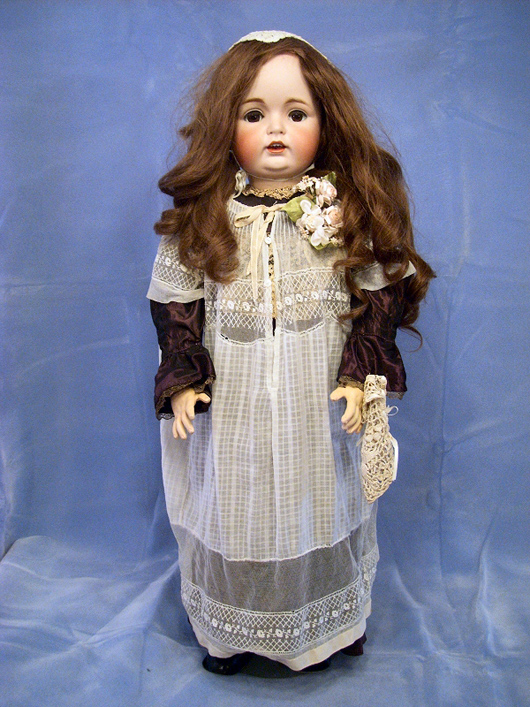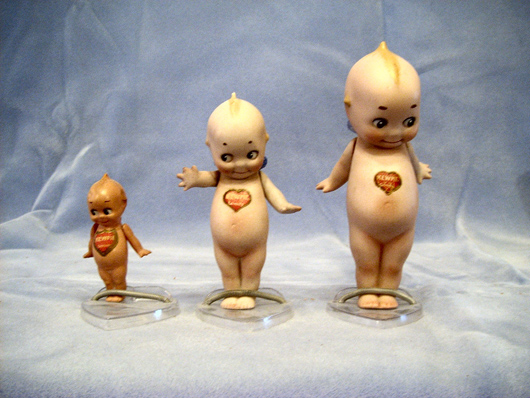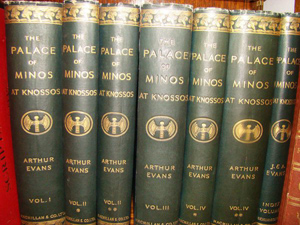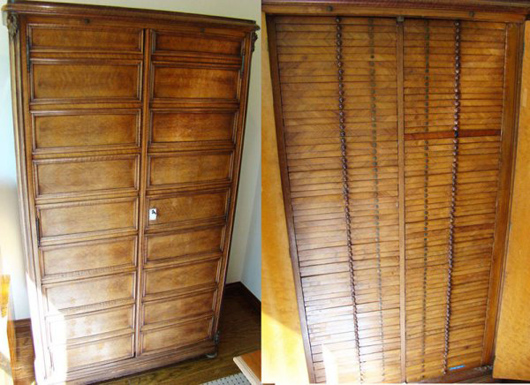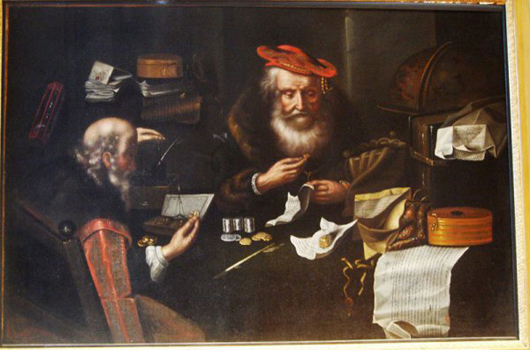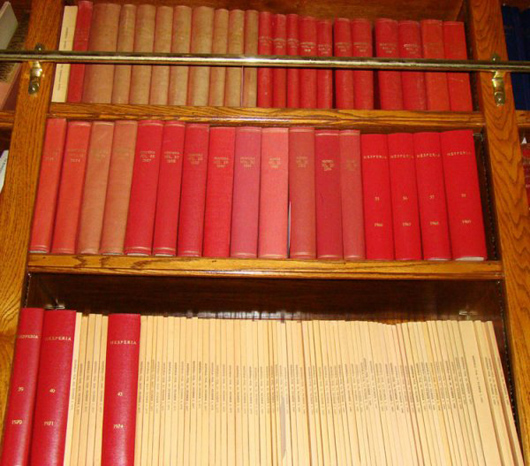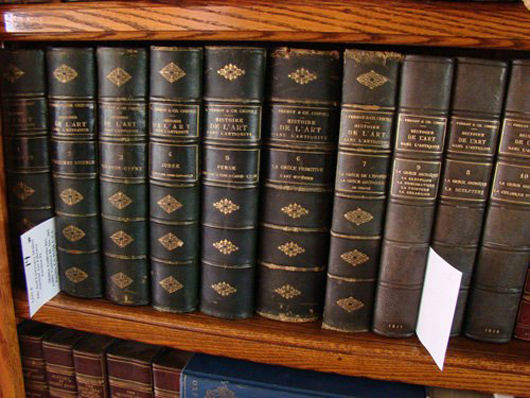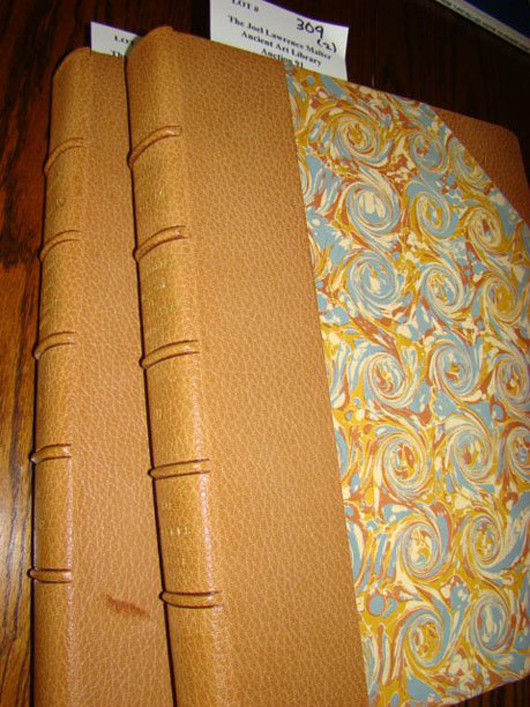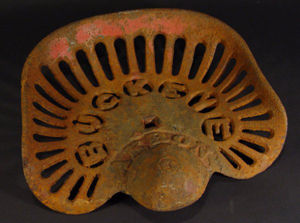
For the last 60 years, Zuellner has collected about 300 cast-iron implement seats, like the one on a hay rig his father owned. He also has gathered other antique items, such as an apple press, pedal jigsaw and cement brick maker.
“I just enjoyed old stuff, I guess,” he said. “Everything I’ve collected I’ve either used or grew up with or seen used.” When talking about his seat collection, one of the first things he usually has to clarify is how the seats were used.
“Everyone sees one and calls them tractor seats, and they’re not tractor seats,” he said. “They’re implement seats from old horse-drawn machinery. There were only a very few made that were ever put on a tractor, maybe some of the old steam engines, but otherwise it was all on horse-drawn machinery.”
Each seat in Zuellner’s collection were cast by pouring molten metal into a mold and allowing it to solidify. As technology developed, seats could more easily be pressed out of steel, and the cast-iron seats went out of production in the early 1900s.
Born four miles north of Campbell in southern Nebraska, Zuellner grew up farming. He went to a country school before heading off to Campbell High School.
Zuellner went to welding school and joined the Marine Corps. After leaving military service, Zuellner returned to Campbell and continued farming. He went to several auctions where cast-iron seats were sold.
“I didn’t know much about them, but they looked nice, so I started picking up a few,” he said. “Then, there was a book printed on cast-iron seats. The named seats are all numbered and classified as to their rating.” The ratings are based on the scarcity of each seat, up to a 10.5, which is the rarest.
Zuellner found others who collected the seats and joined a worldwide club with more than 500 collectors. One of his rarest seats is a green Western Land Roller, one of two types of seats made in Nebraska.
Zuellner’s cast-iron seats had hung in rows along the inside of his machine building. Some of the seats were a dull gray, but others had been painted with bright colors. They have since been packed up as he prepares to sell the collection, along with other items he has gathered over the years, at an auction.
“There comes a time in life when material things don’t mean that much,” he said. “I’ve got five children, and I thought I didn’t want to leave them with the headache of disposing of them when I’m gone.”
Zuellner said he and his wife, Rosella, plan to stay in their home as long as they can, but they wanted to clean out some of the excess items.
He liked piecing together his collection from a variety of auctions over the years, but is ready to let go.
“I just like things out of the past,” he said. “I’ve enjoyed it for 60 years, and I think it’d be interesting to sit there and see some of my friends buy some of the stuff.”
___
Information from: Hastings Tribune,
http://www.hastingstribune.com
Copyright 2010 Associated Press. All rights reserved. This material may not be published, broadcast, rewritten or redistributed.
AP-CS-10-09-10 0104EDT



